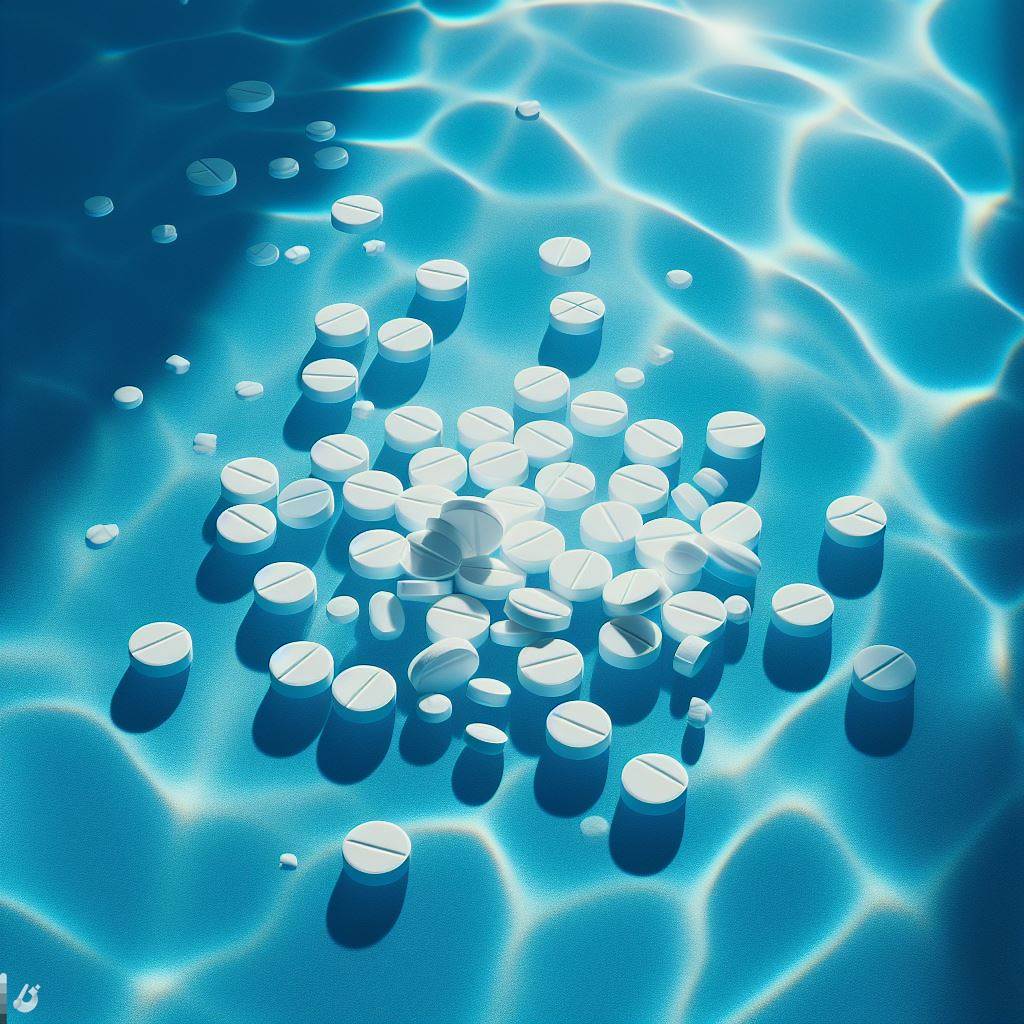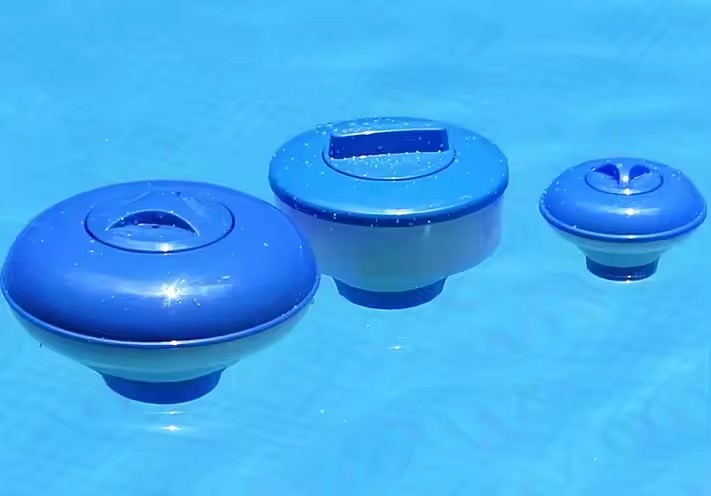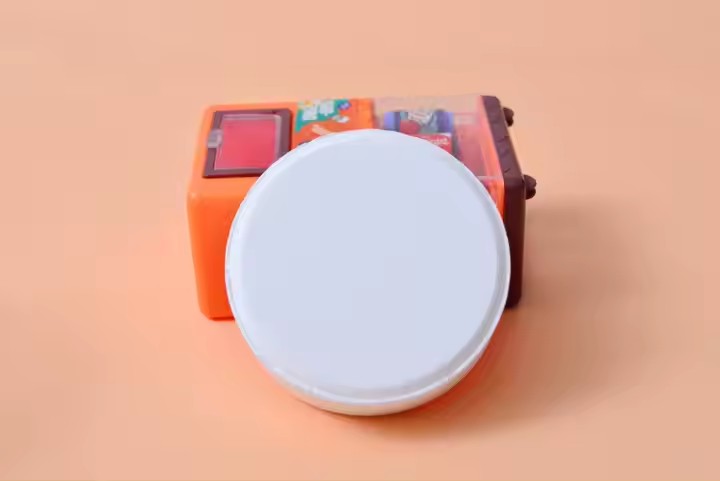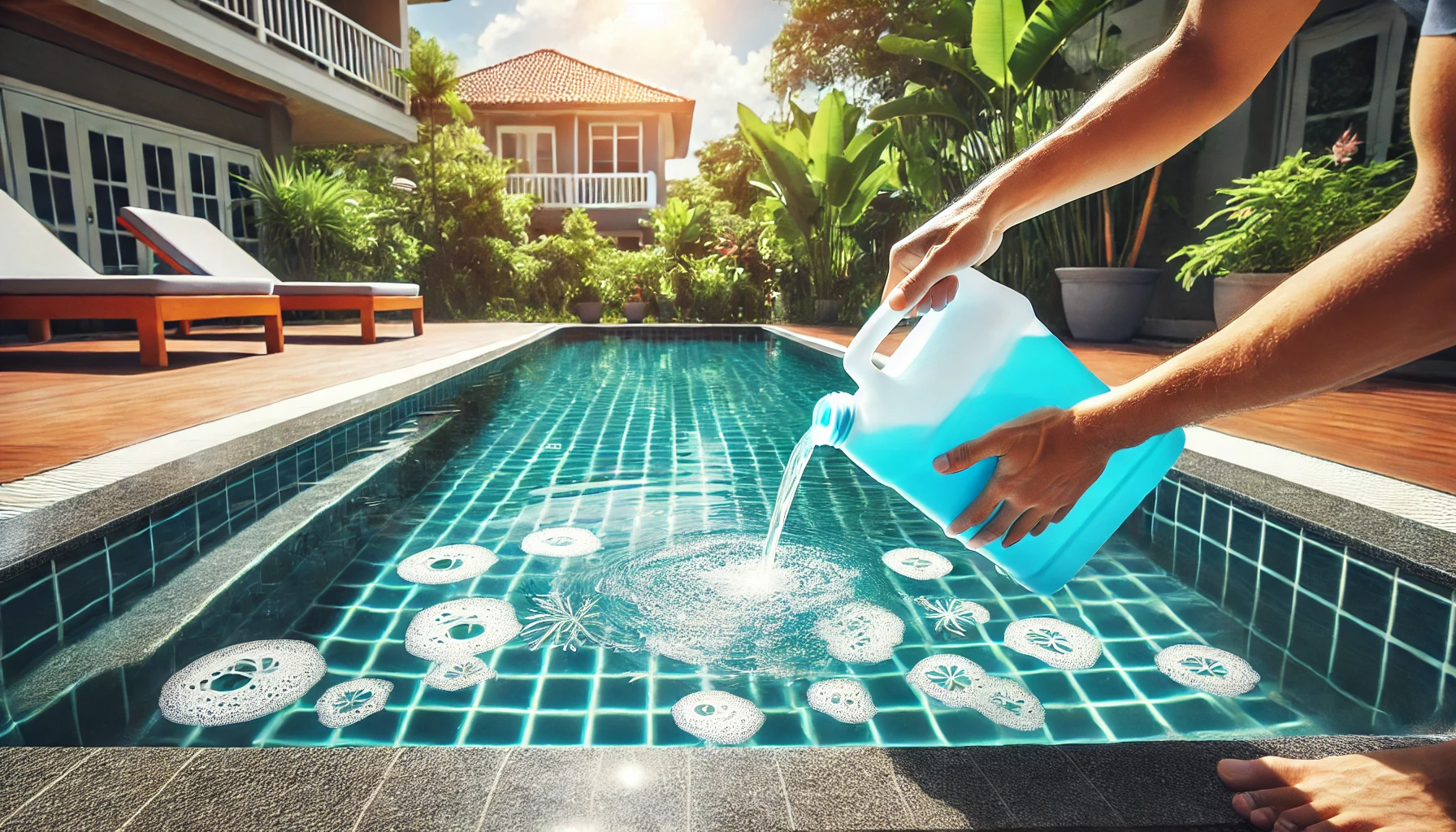Owning a swimming pool is a great joy, but maintaining the water quality can be challenging. Especially when you encounter issues like chlorine lock and chlorine demand, it can be quite frustrating. So, how can you solve these problems and keep your pool water clear and clean? This article will provide detailed answers.
What is Chlorine Lock?
The concept of chlorine lock sounds intimidating, but it’s actually a misunderstanding of chlorine. Chlorine lock typically refers to a situation where chlorine in the pool water is “locked” and unable to perform its disinfecting function. Many people believe that cyanuric acid inhibits chlorine’s effectiveness, making it unable to sanitize the water. However, cyanuric acid is actually a chlorine stabilizer, helping chlorine to last longer by preventing it from breaking down quickly in sunlight.
The Truth About Chlorine Lock
The real issue lies in the concentration of chlorine and the balance of water chemistry. If there is too much cyanuric acid in the pool, it can indeed reduce the effectiveness of chlorine, but this doesn’t mean chlorine is locked. On the contrary, an appropriate amount of cyanuric acid helps maintain chlorine’s stability, ensuring it remains effective under UV light. Therefore, the key is to use cyanuric acid properly and maintain the water chemistry balance.
What is Chlorine Demand?
Chlorine demand refers to the additional chlorine needed in the pool to achieve the required sanitizing effect. In general, if the pool is heavily used or contains a lot of organic matter and debris, more chlorine is needed to keep the water clean. This situation is uncommon but does occur.
Causes of Increased Chlorine Demand
- High Usage Frequency: A large number of swimmers introduce more organic matter and debris.
- Heavy Rain and Runoff: Heavy rain can introduce significant pollutants, consuming the chlorine in the pool.
- Improper Water Management: Pools that have not been maintained for a long time accumulate a lot of organic pollutants, requiring more chlorine to neutralize.
How to Diagnose Chlorine Demand
If you’ve recently added chlorine or performed a shock treatment, but the test results still show low chlorine levels, you may be experiencing chlorine demand. In this case, you need to take further steps to address the issue.
How to Solve Chlorine Demand Issues
Superchlorination Treatment
The quickest way to address chlorine demand is through superchlorination, an intensive chlorination process that rapidly increases chlorine levels. Here are the steps:
- Preparation: Ensure the concentration of chlorine stabilizer is between 30 ppm and 80 ppm, with 50 ppm being ideal.
- Calculate Pool Volume: Determine your pool’s volume to accurately calculate the required amount of chlorine.
- Triple Shock Treatment: Add 3 pounds of calcium hypochlorite per 10,000 gallons of water. Adjust the amount according to your pool’s volume.
Shock at Night
It is recommended to perform the shock treatment at night because sunlight reduces chlorine’s effectiveness. Choose a calm, rain-free night to ensure the chlorine works optimally.

Understanding Chlorine Lock and Chlorine Demand
Sometimes, the terms chlorine lock and chlorine demand are used interchangeably, but they are not the same issue. Chlorine demand is a real problem that can be solved by adding enough chlorine until it shows up on test strips or kits. Chlorine lock is a misleading concept; the solution is still to add more chlorine to the pool.
How to Prevent Chlorine Lock and Chlorine Demand Issues
Regular Water Testing
Regularly test the chlorine, cyanuric acid, pH levels, total alkalinity, and other parameters in your pool to ensure they are within the appropriate range. This is the foundation for preventing chlorine lock and chlorine demand issues.
Use Chlorine Stabilizers Properly
Use chlorine stabilizers in moderation to avoid overuse. Typically, cyanuric acid levels should be maintained between 30 ppm and 50 ppm. If levels are too high, partial water replacement can dilute it.
Timely Shock Treatment
Perform regular shock treatments based on pool usage. This can effectively prevent the buildup of organic pollutants. Especially after heavy use or rainstorms, a shock treatment can stabilize water quality.
Prevent Debris from Entering the Pool
Set up protective measures around the pool to prevent leaves, soil, and other debris from entering. This reduces the source of organic pollutants and minimizes chlorine consumption.
Conclusion
Solving chlorine lock and chlorine demand issues is not as complicated as it seems. The key is to correctly understand these concepts, use chlorine stabilizers appropriately, and regularly test and maintain water quality. By following these measures, you can easily keep your pool water clear and in optimal condition.
Remember, regular testing, proper chemical use, and timely shock treatments and use pool filter balls are all effective methods for maintaining clean pool water. We hope these tips help you resolve chlorine lock and chlorine demand issues, allowing you and your family and friends to enjoy the pleasure of a sparkling clean pool.


